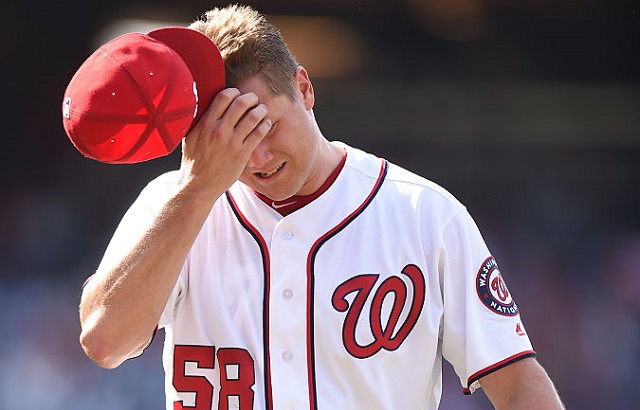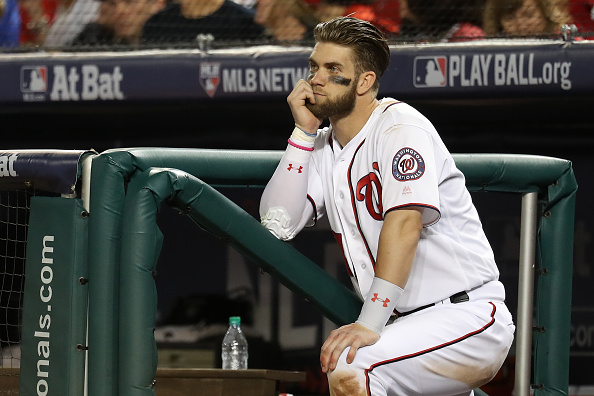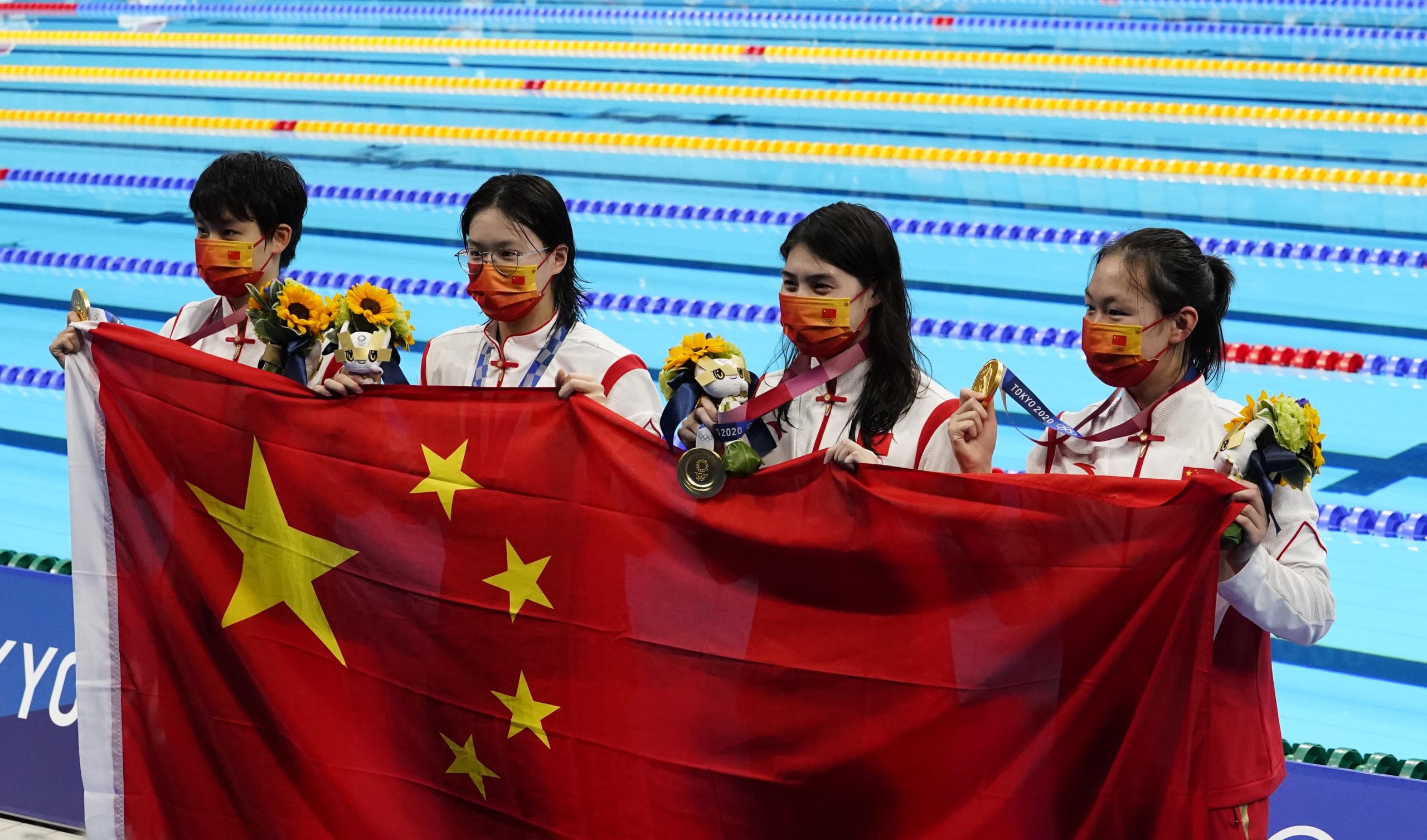Though it was surely foolish to think that any sort of window had closed on the Washington Nationals and their chances of winning a World Series, the team had failed to fulfill championship expectations during the past three seasons. Even worse, the New York Mets appeared to have overtaken the Nats as the best team in the NL East and likely challenger to the Chicago Cubs for the league pennant.
Being overlooked seemed to suit the Nationals. Let the Mets carry all of the pressure that Washington had dealt with since its 2012 emergence as a contender. Go ahead and ignore a team that had the reigning National League MVP in Bryce Harper and a rotation led by Max Scherzer and Stephen Strasburg. While the Mets struggled with injuries and the Miami Marlins failed to develop, the Nats finished with the second-best record in MLB behind an outstanding pitching staff. But the team’s shortcomings in the lineup and bullpen couldn’t be overcome in the postseason.
Preseason Prediction: The Nationals are probably being overlooked a bit, failing to fulfill World Series projections while the Mets have leapfrogged over them in the standings. Though there may not be as many big names in the starting rotation, the overhauled pitching staff could still be one of the best in the league, especially with young reinforcements like A.J. Cole and Lucas Giolito that should be ready to contribute later in the season. So much went wrong last year that a bit more going right could still result in this team chasing 90 wins. (Ian Casselberry, March 24).
What Went Right: Despite a spectacular 2015 postseason during which he hit .328 with a 1.115 OPS and seven home runs in 14 games, Daniel Murphy was widely viewed as a good, not great player who could provide some pop at second base, and maybe contribute at third base, first base and the outfield. He wasn’t even the Nationals’ first choice to fill their hole at second base. The team pursued free agent Ben Zobrist and trades for Brandon Phillips and Howie Kendrick, but couldn’t reach an agreement in either of those situations. But Murphy’s left-handed bat was a better fit for the Nats’ lineup, and the free agent market made him rather affordable.
Rarely has a fourth choice signed at a relatively bargain price worked out so well for a MLB team. That postseason breakout may not have been a fluke. Murphy reached career-highs while leading the Nationals in virtually every category, batting .347 (missing out on a NL batting title by one point) with a .985 OPS, 47 doubles, 25 home runs and 104 RBI. He carried that production into the postseason, posting a .438/.545/.438 triple-slash average.
Despite losing Jordan Zimmermann to free agency, the starting rotation was outstanding. Only the Cubs’ rotation had a better ERA than the Nationals’ 3.60 mark. Max Scherzer pitched like a NL Cy Young Award candidate, compiling a 20-7 record and 2.96 ERA with 284 strikeouts in 228.1 innings. He led MLB with an .097 WHIP, while holding opposing batters to a .197 average. Stephen Strasburg was nearly as good, though a forearm injury restricted him to 24 starts. Despite his season ending in early September, he finished with a 15-4 record, 3.60 ERA and 183 strikeouts in 147.2 innings. Tanner Roark may have been a surprise, except that he was this successful as a starter in 2014, posting a 2.83 ERA in 210 innings. And Joe Ross continued to look promising, posting a 3.43 ERA with 93 strikeouts in 105 innings.

What Went Wrong: Perhaps the best indicator of just how well the Nationals played this year is the difficulty in finding what they did wrong. The lineup could have been more productive. Though Washington scored 763 runs, fourth-most in the NL, and ranked fifth with a team OPS of .751, a .256 team batting average was in the middle of the pack. Several players had mediocre offensive seasons, led by Ryan Zimmerman’s continued decline. Rib cage and wrist injuries limited him to 115 games (though that was his highest total in three seasons), during which he batted .218 with a .642 OPS. Jayson Werth slugged 21 homers, but hit .244. Ben Revere batted .217, but posted a .373 on-base percentage. And Danny Espinosa struggled at the plate yet again, mustering a .209 average and .684 OPS, though he did hit 24 home runs.
Overall, the Nationals’ bullpen was impressive, compiling a 3.37 ERA. Only the Dodgers’ relief corps was better among MLB teams in 2016. But beginning the season with Jonathan Papelbon was a huge mistake and bad misjudgment by general manager Mike Rizzo. Bringing Papelbon back was already questionable, considering his dugout confrontation with Bryce Harper last season. But even if he wasn’t disruptive to clubhouse chemistry, Papelbon was terrible as the team’s closer. He saved 19 games in 22 opportunities, but his 4.37 ERA and 31 strikeouts in 35 innings explain why Papelbon had so few chances.
The Nationals booted Papelbon permanently from the closer role after acquiring Mark Melancon at the trade deadline, and after that, he really had no use on the roster. Washington released him in mid-August, and no other MLB team showed interest in picking him up. Trading for Papelbon was essentially a disaster from the start. His skills had diminished during the past three seasons. A past-his-prime closer wasn’t worth losing Drew Storen mentally, nor alienating other veterans in the clubhouse. Rizzo recovered nicely by getting Melancon, but the Papelbon trade was a mistake from the beginning.
Most Surprising Player: The hope was that Trea Turner would be the Nationals’ shortstop of the future. The coveted player-to-be-named later in the 2014 three-team between the Nats, Rays and Padres, Turner rocketed through Washington’s minor league system. However, he looked overmatched in his first major league action last season, batting just .225/.295/.325 in 44 plate appearances. But maybe, just maybe, he’d be ready to take over at shortstop by midseason this year and relegate Danny Espinosa back to being a utility player.
Turner didn’t supplant Espinosa as Washington’s shortstop this season, but not because he wasn’t the superior player. As it turns out, the Nats needed their 23-year-old sensation elsewhere on the field. With Ben Revere and Michael Taylor providing so little offensive production in center field, the decision was made to try Turner in center field, hoping his athleticism and speed would compensate for whatever mistakes he might make while learning the position. The transition worked better than the Nationals could have ever envisioned, as Turner adapted to the position quickly.
More importantly, the change didn’t affect Turner’s offense. Perhaps the increased playing time helped, also boosting his confidence. Turner batted .342/.370/.567, while also showing surprising power with 13 home runs. But his speed had the biggest impact on the Nats’ lineup, giving Dusty Baker the basestealing leadoff threat that he always wanted. Turner stole 33 bases and was a threat to score any time he reached base, zipping around faster than anyone else in Washington’s batting order. The rookie impressed veterans with his poise and willingness to learn, but his energy provided a jolt, allowing the Nats to move runners and score without hitting the ball out of the park.
The question now is whether Turner has found a permanent home in center field or if he’s still the Nats’ shortstop of the future.

Most Disappointing Player: Was Bryce Harper bound to experience a slight dip in production, coming off winning NL MVP honors in 2015? Perhaps it would have been too much to expect for Harper to hit 42 home runs, along with a .330 average and 1.109 OPS, for a second consecutive season. But at only 23 years old, there was justifiable reason to believe that his 2015 numbers were the new normal and that improvement was easily attainable.
However, Harper followed up his MVP season with an extremely disappointing campaign. To be fair, word leaked out that he was struggling with a right shoulder injury, one that was almost certainly affecting his ability to drive the ball for power, especially against breaking balls and hard sliders. That would certainly explain his drastically reduced home run total of 24, nearly half of what he hit the previous season. Trying to compensate for that and regain his 2015 form ended up being a season-long struggle. Though his numbers improved in August as the Nationals were looking to create some separation in the NL East, he regressed again in September, depriving Washington of its one reliable middle-of-the-order run producer.
The Future: There are some issues for Rizzo to address during the offseason. Who is the shortstop next season? Does Washington go one more year with Espinosa as the placeholder or is it time to finally turn the position over to Turner? Can the Nats even afford to do so, now that Turner has shown he can handle center field? The lineup will still have to carry Jayson Werth and Ryan Zimmerman for at least one more season, so improvements will have to be found elsewhere. Once again, the Nats will also have to find a closer. Do they pursue a top free agent like Aroldis Chapman or Kenley Jansen? Will Mark Melancon re-sign with the team? As well as the bullpen pitched, it still needs a ninth-inning anchor.
However, no window has closed for the Nationals. This is not an aging club that squandered its last shot at World Series glory. The roster is largely young, with emerging stars that have loads of upside. Consider that top pitching prospects Lucas Giolito and A.J. Cole still have yet to develop into major leaguers. How much better will the Nats’ starting rotation be once that happens?







